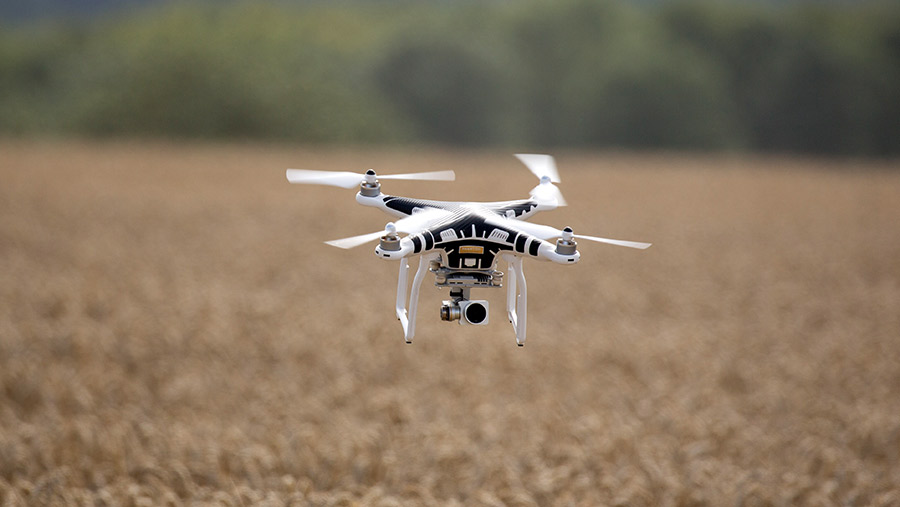How on-farm research and development can cut tax bills
 © Tim Scrivener
© Tim Scrivener Farming businesses set up as a limited company may be missing out on valuable research and development (R&D) tax credits, according to a firm of accountants.
Saffery Champness says corporation tax credits for qualifying R&D activity have been available for many years, but are often overlooked when it comes to agriculture, despite the everyday work of progressive businesses meeting qualification criteria.
It believes that with the growth of innovation in farming, there are opportunities for progressive, corporate farming businesses to claim the tax relief.
See also: Business clinic: Can i get 100% tax relief through AIA on cost of grain store?
Under the small and medium-sized enterprise (SME) scheme, which covers companies with fewer than 500 staff, the relief allows businesses to deduct 230% of qualifying spend from their yearly profit.
However, in 2017, only £10m of R&D tax credit relief was claimed by agricultural businesses, which accounts for less than 1% of all claims.
Everyday work qualifies
Martyn Dobinson, partner at Saffery Champness, said: “The main issues with these R&D tax credits are that farming businesses either don’t know they exist, or they believe that they are the domain of scientists working in laboratories.
“But many progressive farming businesses are undertaking work every day that could qualify for this relief.”
Qualifying projects are those designed to “make an advance in science or technology” and may be linked to the existing farming business, or a new area that could be started on the basis of the results of the R&D undertaken, he said.
As long as the claimant is able to demonstrate the required conditions are met for the relief, it could be claimed for developing new, or improving old, technologies.
For example, there have been successful claims made in areas such as experimentation with feed to maximise animal weight gain or productivity, development of disease-resistant crops, development of higher-yielding crop strains and new methods of crop planting.
There may be scope for farmers to claim where they are working with tech start-ups in testing for the rollout of new technology, he added.
Agricultural areas where R&D tax credits might be applied include:
- Agronomy
- Disease and pest control
- Nutrition
- Energy and water efficiency
- Storage, processing and operations
- Automation
- Drone and GPS technologies
- Soil management/enhancement
- Regulatory compliance
Farming businesses are advised to speak to their tax adviser if they think they might be undertaking qualifying work, to see whether tax relief may be available.
